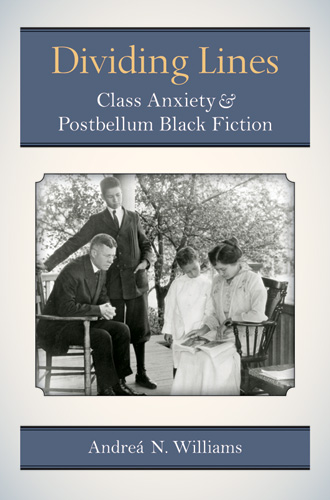A Mixed Bag: Examining the College Experience of Multi-Racial StudentsPosted in Articles, Campus Life, Identity Development/Psychology, Media Archive, United States on 2013-04-02 02:51Z by Steven |
A Mixed Bag: Examining the College Experience of Multi-Racial Students
INSIGHT Into Diversity
April/May 2012 (2012-03-29)
Andrea Williams, Contributing Writer
To most American youth, college is the requisite rite of passage into adulthood, an experience marked as much by self-exploration and discovery as biology lectures and late night cram sessions.
From managing the excitement of living away from home for the first time, to coping with the stresses of time management, college can be simultaneously exhilarating and intimidating. And for biracial students who don’t fit neatly into the predetermined ethnic categories of many colleges and universities, the journey can be especially challenging.
For Theresa Lopez, the daughter of a white mother and a Latino father, the issues started with her application to the University of Illinois. “I was not given the option to be both white and Hispanic because the boxes were marked ‘White (Non-Hispanic)’ and ‘Hispanic (Non-White),’ making me feel as though whoever created the application was under the impression that white people and Hispanics could not have babies together,” says Lopez. “I would prefer, however, to call myself both white and Hispanic without denying either ancestry.”
The problems didn’t stop there for the college senior. In a society where people are confident in their own assumptions, even going to dinner becomes a lesson in cultural sensitivity. “When we go to eat at the local Mexican restaurant here in town, my friend, who is Columbian but does not speak Spanish, is always waited on in Spanish while I am always greeted in English because of the way I look,” says Lopez, whose blonde hair and blue eyes belie her Hispanic roots. “It makes me upset sometimes because even though I continue to speak Spanish to them, they seem to think I’m just some white girl who is trying to speak their language and be a part of their people. But I’m their people, too.”…
…Luckily for Matt Kelley, he discovered during the fall semester of his freshman year at Connecticut’s Wesleyan University that the school sponsored a mixed heritage student organization. “It was the first time I was made aware of ‘people like me’ who shared the experience of not fitting neatly into generally accepted racial boxes and boundaries,” he says. Kelley subsequently learned about similar clubs at other schools and in 1998 decided to launch a national magazine that would create a community among those organizations.
The publication – given the Yiddish name MAVIN, which means “one who understands” – was immediately well received, leading Kelley to form the nonprofit MAVIN Foundation in 2000 to further the work and reach of the magazine…
Read the entire article here.
